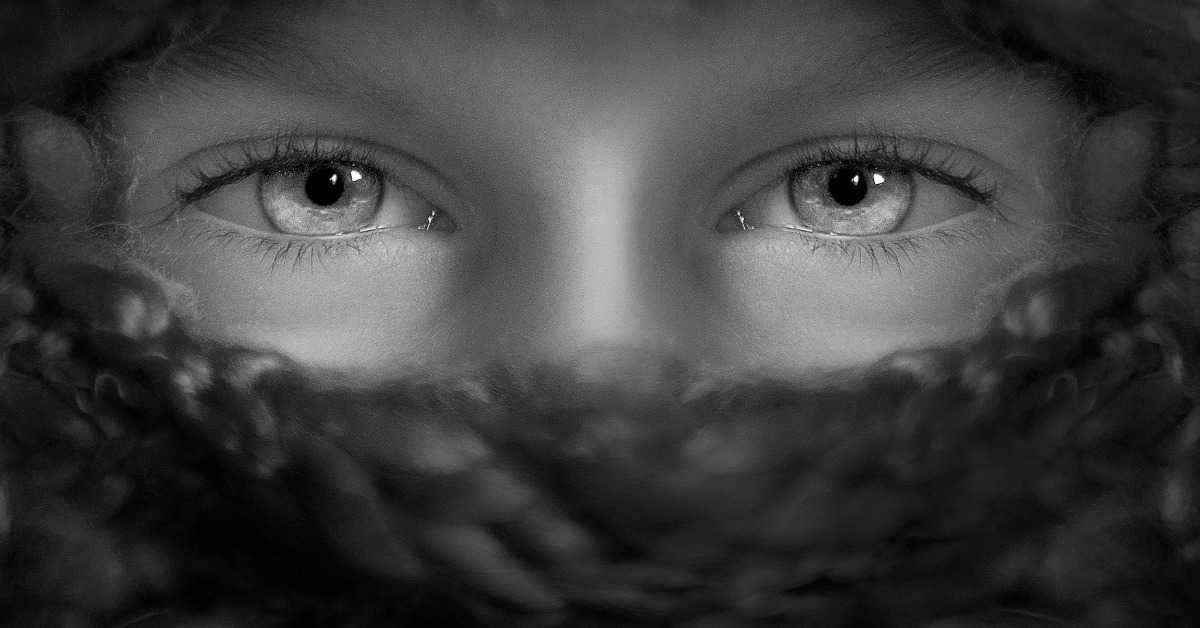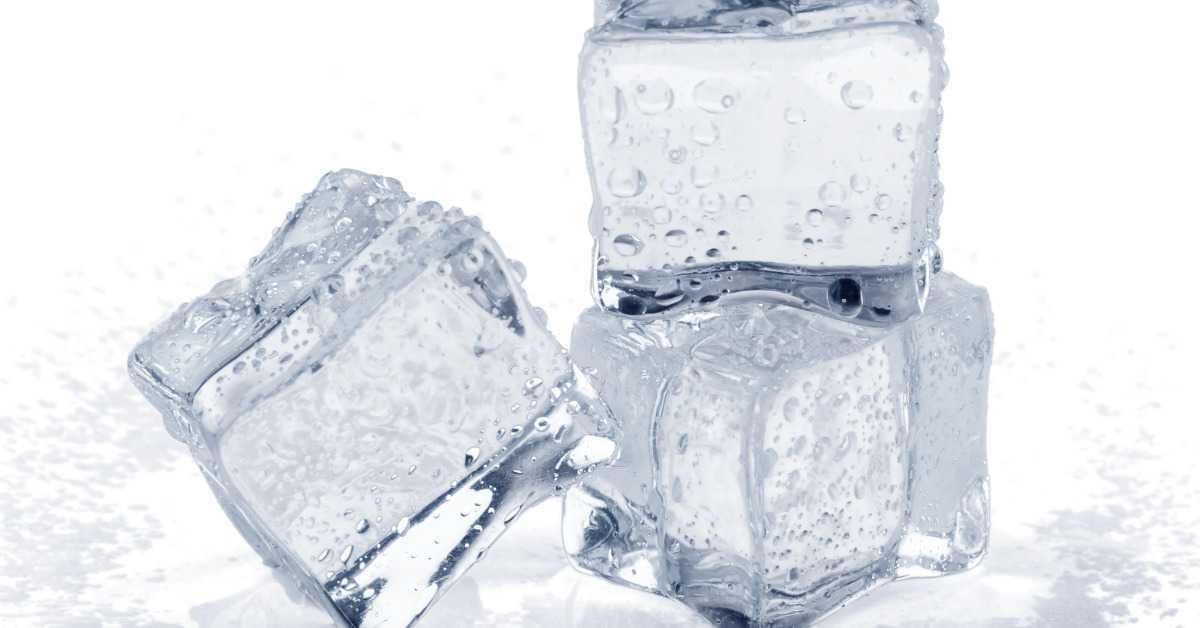For eye irritation, cold compresses are a safe and effective home treatment. They are simple to produce with common home goods and can be used to treat a variety of diseases, including eye disorders. A cold compress can assist persons with dry eyes, pinkeye, and eye pain ease symptoms like swelling, pain, and dryness.
IF YOU ARE FACING ANY EYE PROBLEM THEN MUST CONTACT AN EXPERT THROUGH MARHAM.
Cold compresses reduce the look of dark circles and relieve the discomfort of swollen eyes by constricting blood vessels. A warm compress may be an effective treatment for eye issues in some situations. Prescription or over-the-counter (OTC) eye drops are additional options. Learn about the Ice Pack For Eyes Benefits and conditions that an ice pack can help with, as well as how to manufacture one and what to think about before using one.

How can a Ice pack help the eyes?
Cold compresses can help with a variety of eye disorders, especially those that don’t require medical treatment.
Dry Eye
Dry eye affects millions of people in the United States each year, according to the National Eye Institute (NEI). Among the symptoms are:
- a scratchy, burning, or irritating feeling in the eye
- red eyes
- light sensitivity
- blurred vision
When the tear glands do not produce enough moisture, dry eye develops. People with dry eyes are frequently advised to use over-the-counter eye drops, commonly known as artificial tears, by their doctors. However, according to a 2013 study, using a cold compress is just as beneficial as artificial tears. It is also a natural therapy option, in addition to being less expensive.
Pinkeye
Pinkeye or conjunctivitis is a common eye illness caused by allergies or infections in the eye. It normally recovers on its own, however it might make the eyes feel like this till then:
Dry, gritty, itching, and watery
A cold compress can help with the swelling and redness that come with pinkeye. People who use a cold compress should clean it before using it and wash it after each usage. People should see a doctor if their eyes are really sore, generate more pus than usual, or are more sensitive to light.
ALSO READ BLACK PEPPER BENEFITS FOR EYES.

Eye Pain
Eye discomfort can be caused by a variety of factors , including:
- a foreign item in the eye
- an allergy or infection
- contact lens discomfort
- an injury
- cysts or lumps around the eyelid, such as a style
A cold compress applied to the afflicted eye or eyes for 15 minutes will help to minimize swelling and pain.
If the pain is caused by something in the eye, avoid rubbing or pressing it. Instead, a person might use water to gently cleanse the eye. If a person’s eye pain is caused by chemical exposure, they should immediately wipe their eyes with water and seek medical help.
Get help for eye problems through Marham’s expert.
Dark circles and Eye bags
Dark circles are more common in certain persons than in others . These folks include the elderly, those of color, and those who have a hereditary tendency to dark circles.
Dark circles can also be caused by the following factors:
- dermatitis
- ageing
- smoking
- eye rubbing
- hay fever
- weariness
- dehydration
A cold compress can reduce the blood vessels under the eyes, minimizing the appearance of darkness and swelling.
ALSO READ BLACK PEPPER BENEFITS FOR EYES.
How to make a Ice pack at home?
A cold compress can be easily made with common home ingredients. Depending on the materials available, people can try a variety of possibilities.

Cold towel
Follow these instructions to prepare a cold towel compress:
- dampening a clean dishcloth and folding it into a square
- freezing the folded cloth in a plastic bag for 15 minutes
- taking the frozen cloth from the bag and gently applying it to the eyes
Get help for eye problems through Marham’s expert.
Ice pack
These are the steps to making an ice pack compress:
- putting ice in a resealable plastic bag
- gently breaking large chunks of ice into small pieces
- if necessary, put the wrapped ice bag in a clean dishcloth and apply it to the eyes
Frozen food pack
People can compress a frozen food pack by:
- a small amount of frozen veggies, such as peas, corn, or mixed vegetables, poured into a resealable plastic bag
- covered with a clean dishcloth and applied to the eyes
Get help for eye problems through Marham’s expert.
How to use an Ice Pack?
The compress should be softly applied to a closed eye. The National Eye Institute suggests applying a cold compress to an eye injury for 15 minutes. It’s fine to repeat the therapy every couple of hours if necessary.
Ice should never be applied straight to the skin. People should also avoid using a frozen cold compress for an extended period of time. To avoid frostbite, the Rand Eye Institute suggests using an iced compress for no more than 20 minutes.
IF YOU ARE FACING ANY EYE PROBLEM THEN MUST CONTACT AN EXPERT THROUGH MARHAM.
Warm compresses vs. cold compresses
Warm compresses can also help with pain, tension, and discomfort. Warm compresses can be used to treat meibomian gland dysfunction (MGD), a disorder in which the glands in the eyes do not release enough oil. Dry, itchy eyes might result from a lack of oil. A 2015 study found that wrapping a warm, moist towel around the inner eyelid boosted the warmth sufficiently to be beneficial. Anyone who suspects they have MGD should consult an eye doctor.

Final Notes
Before putting a cold or warm compress to the eye area, it should always be tested on another part of the body.
It is critical to avoid using chemical eye cooling packs. If the chemicals spill, they could cause irritation and harm to the eyes. People should also avoid putting raw meat in their eyes.
Can’t Find the App
| Android | IOS |
|---|---|
 |
 |
FAQ’s
How long should I put ice on my eyes?
To help minimise swelling, apply ice or cold packs for 15 minutes 3 or 4 times a day for the first 48 hours. Between the ice and the skin, place a towel. The sooner you use a cold pack, the less swelling you will have. Chemical cooling packs should not be used.
Is ice or heat better for eyes?
Applying a cold compress to the eye area can help reduce swelling caused by an infection, black eye, or another sort of damage, as cold temperatures numb pain and reduce swelling. Eyelid puffiness can also be reduced by cold temperatures.
Can ice damage your eyes?
Dry eye can be caused by a mix of bitter cold and a sharp winter air. This illness is exceedingly unpleasant and can result in red, puffy eyes. Dry eye produced by chilly temperatures might cause lasting damage in some circumstances.

